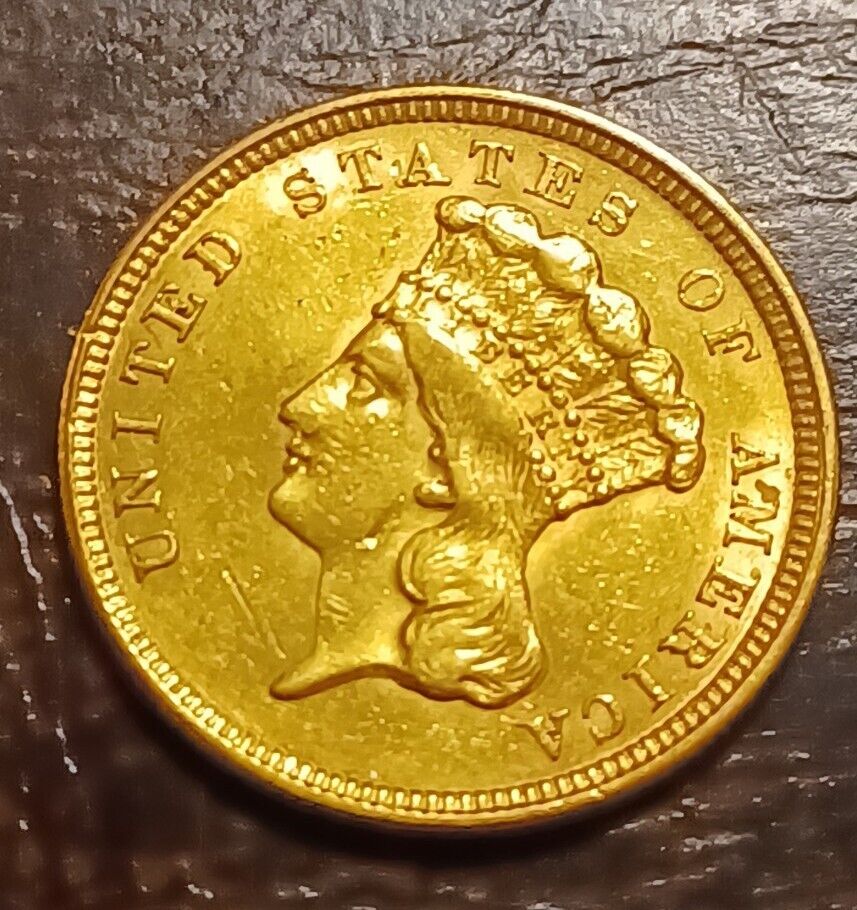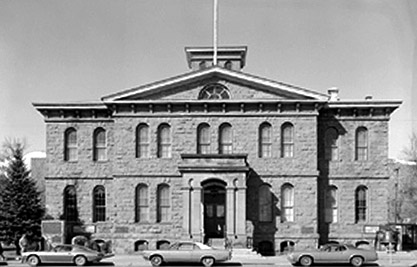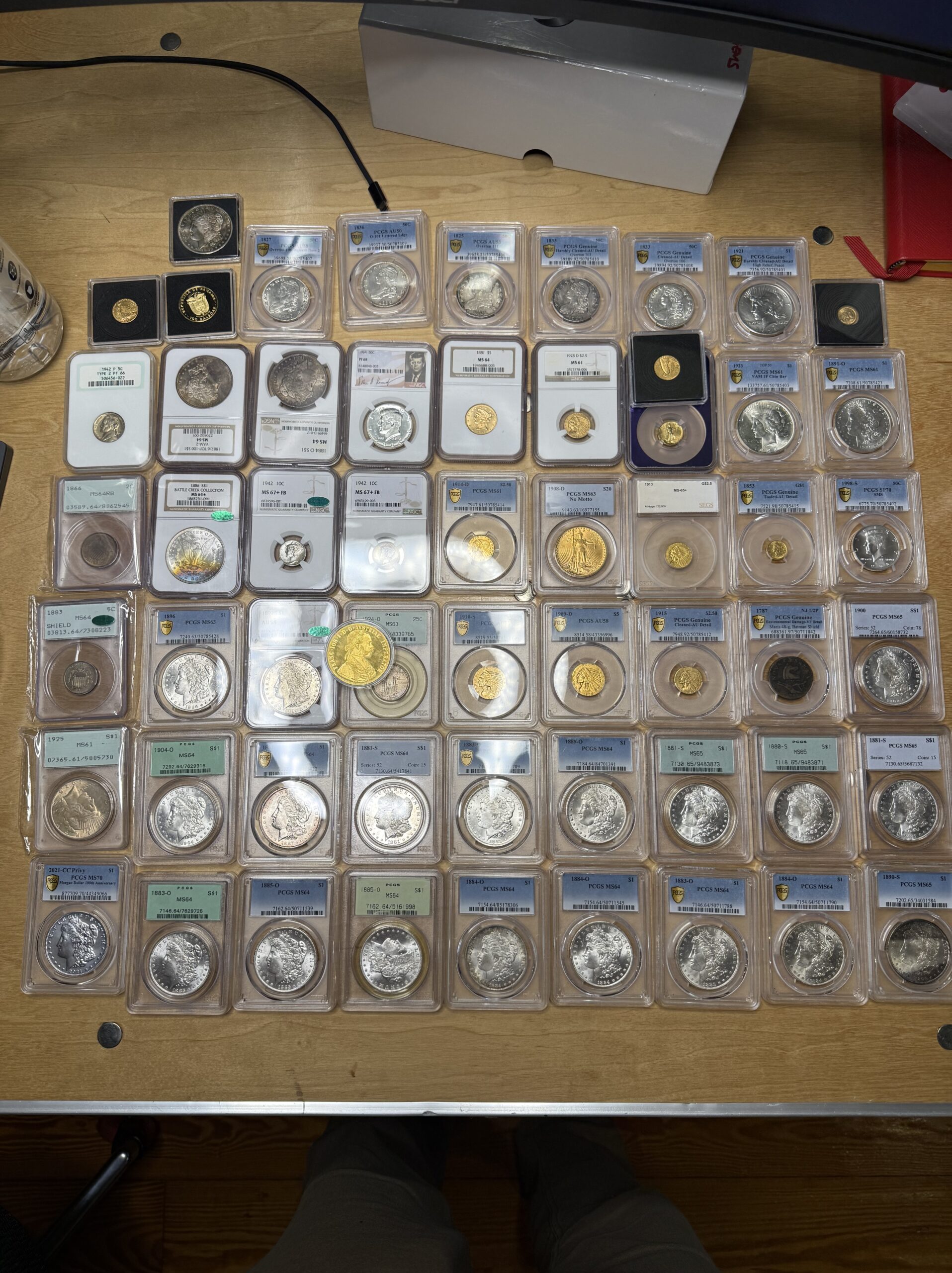Why Long‑Term Rare‑Coin Investing Works
Seasoned collectors and institutional allocators alike view carefully chosen U.S. rarities as some of the best rare coins to invest in because they combine tangible scarcity with a centuries‑deep collector culture. Over multi‑decade windows, these fundamentals overwhelm short‑term sentiment, supporting compound annual returns that often outpace inflation and many financial benchmarks.(Investopedia, Grand Rapids Coins)
The Long‑Horizon Convexity Framework
| Filter | Long‑Term Rationale |
|---|---|
| Enduring Historical Significance | Coins that anchor a chapter of U.S. history keep attracting new collectors. |
| Genuine Scarcity | Low original mintage and small surviving population, verified by third‑party census data. |
| Multi‑Cycle Performance | Documented price strength through at least two boom‑bust cycles. |
| Deep Collector Base | Series with multi‑generational followings (Morgans, Lincolns, early gold). |
| Tangible Value Preservation | Resilient floors during recessions and metal bear markets. |
| Decade‑Scale Catalysts | Forces—demographic, cultural, technological—likely to expand demand over time. |
| Entry Cost ≤ $5 000 | Keeps liquidity high and portfolios scalable. |
Ten High‑Convexity Coins Poised for Generational Growth

Below, each profile blends cold metrics with the human drama that drives collector passion—exactly the narrative edge that turns scarcity into premium.
| # | Coin | Story‑Driven Narrative & Investment Case |
|---|---|---|
| 1 | 1878‑CC Morgan Dollar (MS63‑64 CAC) | Carson City struck its first Morgans while still echoing with silver‑rush gunfire. Only 2 % of all Morgan dollars carry the “CC” mint mark; a first‑year example ties investors to the frontier legend that captivates global bidders. CAC certification supplies an authenticity halo that modern wealth managers increasingly require. |
| 2 | 1893 Isabella Quarter (MS63‑64 CAC) | Minted for the World’s Columbian Exposition, this single‑year commemorative honored Queen Isabella—the first woman on U.S. coinage. With a mintage of just 24 214, every piece is a talking point in women‑in‑history exhibits and diversity‑themed collections—two secular demand drivers. |
| 3 | 1854 $3 Gold Piece (XF45‑AU53) | Gold pieces of $3 were conceived for purchasing a sheet of 100 postage stamps. Novelty and low recorded survival (<3 500 pieces) make it the quintessential “odd‑denomination trophy.” Its intrinsic gold floor shields capital even if numismatic premiums pause. |
| 4 | 1875‑CC Twenty‑Cent Piece (XF45‑AU50) | America briefly flirted with a 20‑cent coin; the public hated it, and Congress killed the denomination after just four years. The Carson City issue is the scarcest. Specialists in “failed experiments” jealously absorb every wholesome survivor. |
| 5 | 1796 Draped Bust Quarter (G‑4 – VG‑8) | America’s very first quarter—struck when George Washington’s death was fresh national trauma. Bare‑bones, well‑worn examples still fetch strong prices because there are simply not enough to satisfy the world’s founding‑era collectors. |
| 6 | 1909‑S VDB Lincoln Cent (MS63‑64 RB CAC) | The uproar over designer Victor David Brenner’s initials (“VDB”) forced the Mint to pull dies after only 484 000 coins. That public‑relations scandal turned the 1909‑S VDB into the most famous U.S. penny—and a perpetual gateway purchase for new hobbyists. |
| 7 | 1916 Standing Liberty Quarter (AU55‑MS62) | Sculptor Hermon MacNeil’s Type 1 Liberty bared a breast; press outrage spurred a mid‑year redesign. The low‑mintage “original” is a magnet for collectors of American social history and WWI‑era art. |
| 8 | 1839‑C $5 Liberty Half Eagle (XF40‑45) | First Charlotte‑mint gold, struck with locally mined ore from Carolina’s goldfields. Surviving examples often traveled West in saddle bags, so wholesome XF pieces feel miraculously preserved. |
| 9 | 1921‑D Mercury Dime (MS63 FB CAC) | Denver’s sub‑35‑year‑old mint delivered only 1.08 million dimes in 1921—minuscule for the Mercury series. Full Bands strike quality is vanishingly rare (<200 pieces at this grade), and CAC green beans turn anonymous dimes into elite assets. |
| 10 | 1800 Draped Bust Dollar (VF20‑30) | The coin of Thomas Jefferson’s presidency. Its large planchet and classical portraiture appeal to buyers far beyond U.S. borders, supporting an increasingly international price floor. |
Crafting a Narrative‑Driven Acquisition Plan

- Tell the Story in Your Listings
Highlight the frontier grit of Carson City, the feminist milestone of Isabella, or the scandal of the 1916 Standing Liberty. Emotional resonance pushes future buyers to pay premium multiples. - Buy in Quiet Times
The “best rare coins to invest in” routinely surface during estate‑settlement lulls. Bid with discipline when social‑media chatter is muted; sell when anniversaries or documentaries stoke public interest. - Balance Metal and Motif
Blend one gold piece (value floor), one 18th or early‑19th‑century silver type (foundational history), and a 20th‑century key date (accessibility for newer buyers).
Illustrative $5 000 Legacy Portfolio
| Coin | Cost | Rationale |
|---|---|---|
| 1878‑CC Morgan MS63 CAC | $1 000 | First‑year CC magnet for global Morgan specialists |
| 1893 Isabella MS63 CAC | $1 500 | Sole commemorative quarter; diversity narrative |
| 1909‑S VDB MS63 RB CAC | $2 500 | Iconic key that never leaves want‑lists |
| Total | $5 000 | Blends silver, copper, and cross‑gender historical themes |
Projected 10‑year return: 100‑150 % (based on prior‑cycle multiples and population trends).
Long‑Term Stewardship: Beyond Price Charts
- Conservation – Store in inert holders; include printed micro‑histories for heirs.
- Provenance Dossier – Keep certificates, auction invoices, and personal acquisition notes together; buyers pay premiums for well‑documented chains.
- Periodic Re‑Evaluation – Every five years, reassess market narratives—e.g., women on coins, branch‑mint gold—and rotate if another series captures the zeitgeist.
Final Word
These ten recommendations meet every hallmark of the best rare coins to invest in: unquestioned historical gravitas, quantifiable scarcity, and deep cross‑generational demand. Combined with disciplined, story‑centric ownership, they position investors to capture asymmetric upside while preserving an irreplaceable slice of the American saga.
Disclaimer: This material is for informational purposes only and does not constitute investment advice. Consult a qualified professional before making financial decisions.

Leave a Reply